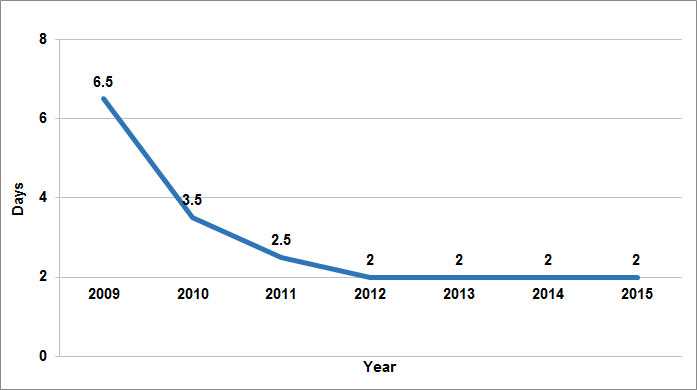FoodCORE Center: Ohio

Program Overview
The Ohio Department of Health (ODH) provides technical assistance to 119 local health departments (LHD). With FoodCORE funding, ODH established centralized interviewing and increased laboratory testing of bacterial isolates, which improved the state’s capacity to respond to foodborne outbreaks.

“My health department has been participating in the FoodCORE program since 2012. We give it our highest recommendation. The student interview team at ODH eases the persistent problems of staffing shortages and overworked communicable disease nurses at the local health department.”
Jenny Bailer, Director of Nursing, Butler County
At A Glance
Year joined FoodCORE: 2010
Population: 11.6 M1
Structure: Decentralized
Number of local and tribal health departments: 119
Epidemiology:
- Established centralized interviewing for the first time in state history
- Increased the quality and quantity of interviews with sick people
- Developed improved standardized interview form for all enteric illnesses
Laboratory:
- Enhanced outbreak detection: new equipment, additional personnel, and training opportunities
- Enhanced capacity for DNA fingerprinting (PFGE) and Whole Genome Sequencing (WGS)
- Implemented rapid molecular serotyping of Salmonella isolates
Environmental Health
- Conducted foodborne outbreak investigation training for new sanitarians
- Provided enteric diseases update at annual statewide environmental health conference
- Collaborated with state agriculture officials to issue timely food recall announcements
12015 Population Estimate https://www.census.gov/quickfacts/
Program Highlight
Centralized interviewing of Salmonella, Shiga toxin-producing E. coli, and Listeria (SSL) patients started in June 2012. Ohio-FoodCORE has four student interviewers who contact all individuals with SSL infections reported from local health departments participating in FoodCORE. Timely and complete interviews are important for identifying potential outbreaks and associated causes.
Ohio increased the capacity for conducting DNA fingerprinting using pulsed-field gel electrophoresis (PFGE). Before FoodCORE, less than 50% of the Salmonella isolates received underwent PFGE analysis. From 2009 through 2015, the Ohio Department of Health Laboratory increased the number of Salmonella isolates subtyped by PFGE each year from 702 to over 1,400 isolates. Additionally, the average turn-around time for Salmonella PFGE decreased from 6.5 to 2 days. As a result, more PFGE matched Salmonella clusters are being investigated at an earlier stage.
Salmonella PFGE Turn-Around Time (Receipt to PulseNet Upload)

Related Links
- Page last reviewed: July 22, 2016
- Page last updated: July 22, 2016
- Content source:


 ShareCompartir
ShareCompartir